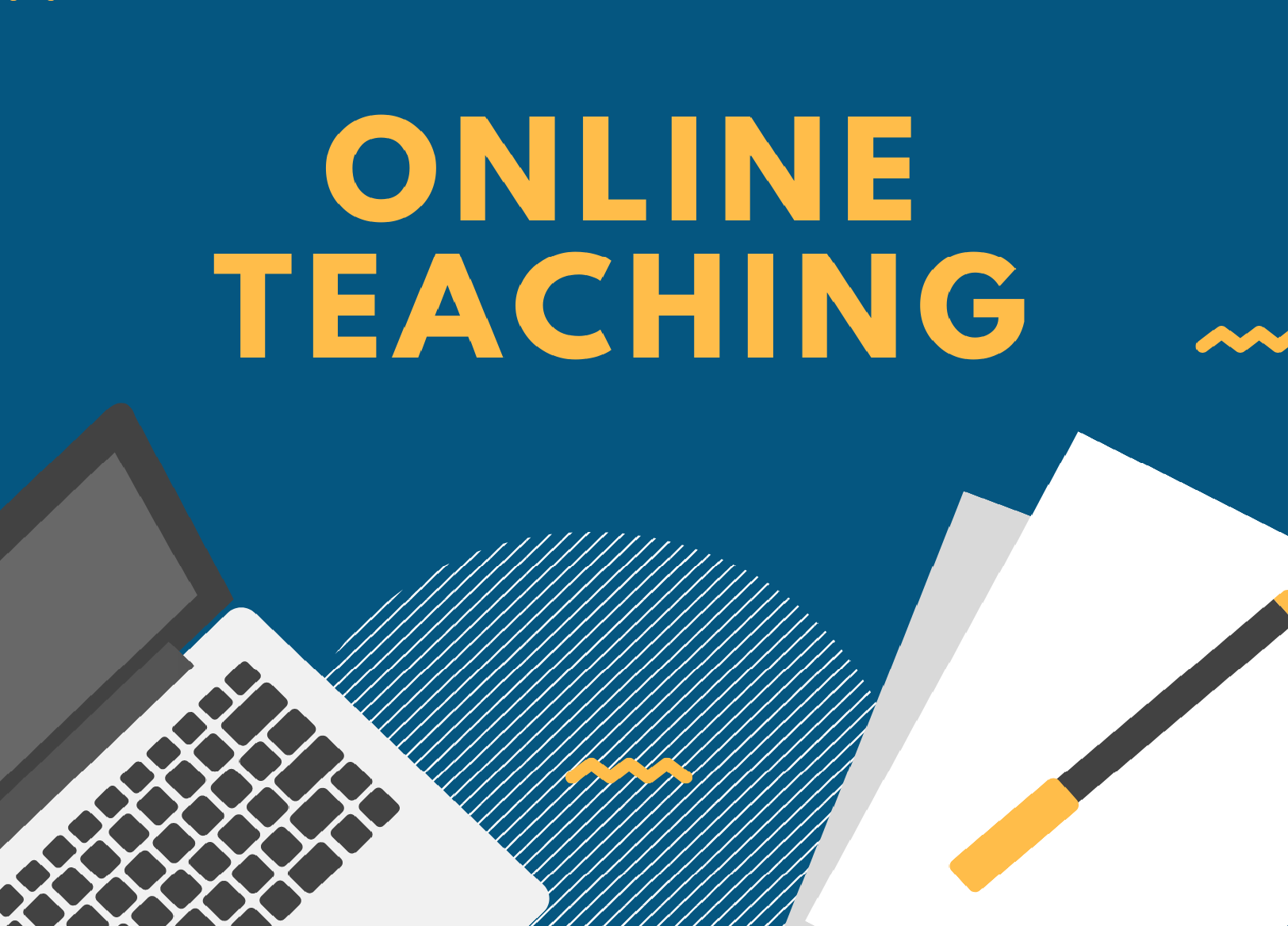For Instructors: 5 Tips for Better Online Teaching Classes
Formal Education

E-Learning has become a basic feature of our modern
era, especially after the digital transformation of the education process as a
result of the Covid-19 pandemic. E-learning has many Pros like; accessibility,
flexibility in time and space, prompt and continuous assessment of learners, ease of keeping educational materials, in addition to
maintaining social distancing as one of the responses to the pandemic.
However, many young people reported having learned
less since the pandemic began in a report published by ILO. In the Global Survey on Youth and COVID-19 and
implemented by partners of the Global Initiative on Decent Jobs for Youth, 51% of young people believe their
education will be delayed, and 9% feared their education would suffer and might
even fail.
Those results place most of the responsibility for the
success of e-learning on instructors to provide a satisfactory and fruitful
learning experience for learners, which will compensate them for education in
the classroom.
Below are 5 tips for providing the best experience in
E-learning.
Humanization the learning process
“In all forms of distance teaching, the ability to
humanize the relationship with distant learners is important,” Moore writes in
Distance Education: A Systems View of Online Learning.
Some instructors may focus on delivering the content
of the subject. However, it’s more important to focus on the way of teaching
and humanize the teaching experience. Think about the different available tools
for E-learning. Take some time to try them and find the best tools according to
your teaching goals. All that will help you master E-learning and improve your
teaching presence.
Creating a community
In a study conducted by the journal of online learning
and teaching, students prioritized the role of the instructor in establishing
and maintaining a sense of community among the students. The learners need to
feel that they belong to a community that compensates for their regular classrooms.
Instructors need to plan some activities outside the
class to help their students feel like a community and engage with each other
in a non-formal activity, especially for school students who switched their
whole learning process to the online form.
Prepare everything
Take time for setting your plan of teaching, material,
detailed timeline, assessment, and presentations. Make sure to be ready before
your online session and close any program or tab that might interrupt you
during the class.
Be familiar with the tools that you will use in the
session and try it before the arrival of the students.
Engagement
Engage your learners in the learning goals, share with
them the timeline of the whole class, and make sure they know what is expected
from them in the process.
Set your System and define; homework and assessment
style, ways of communication, rewards, ways to ask for your support, and
feedback. However, Don’t forget to give your learners options and let them
share what they prefer.
Quick tips
- Record your sessions to help those who
struggle with their Internet connection
- Be present with your face; and exaggerate
with your facial expressions and body language.
- Send your learners the whole class
materials that you work on during the session.
- Start with ice-breakers activities to
engage the learners.
- Give breaks for mind reactivating.
- Allow learners to lead parts of the
session.
- Ask for feedback regularly.
Resources
https://books.google.com.eg/books?id=wXtsKAMiuAAC&lpg=PA149&pg=PA149&redir_esc=y#v=onepage&q&f=false
https://www.ilo.org/wcmsp5/groups/public/---ed_emp/documents/publication/wcms_753057.pdf
https://jolt.merlot.org/vol6no4/sheridan_1210.htm





